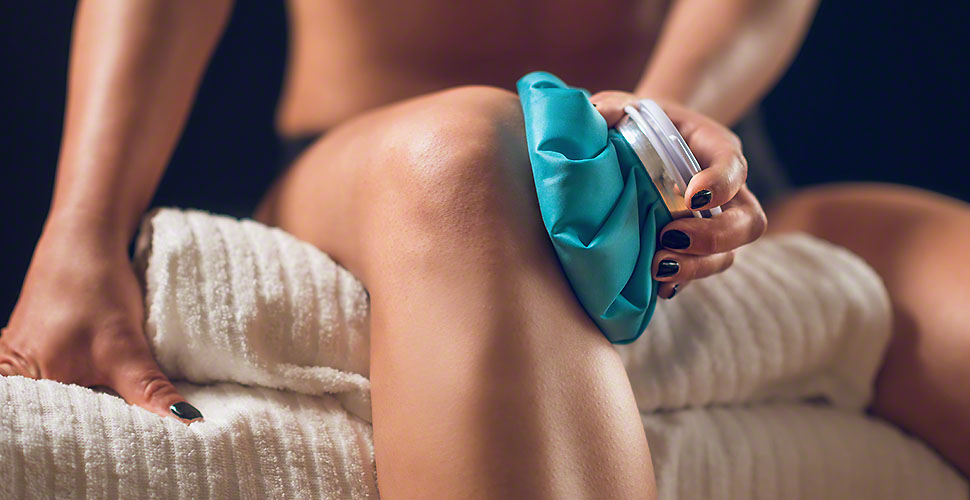People of all ages are often affected by knee pain. It can be caused as a result of a ruptured ligament, or consequent to diseases like arthritis, gout, infections etc. Minor knee pain can be controlled well by taking self-care measures. Knee braces and physical therapy are sometimes needed in some cases to get relief from knee pain. In rare cases surgical repairing done by a knee doctor will be necessitated to solve the problem of knee pain permanently.
Depending upon the cause of the pain the location of the occurrence of pain and its symptoms may vary widely. Some of the common symptoms that accompany knee pain are discussed below.
- Stiffness and swelling
- Redness of knee and warmth to touch
- Instability or weakness
- Crunching or popping sound
- Inability to straighten knee
When to see an orthopedic doctor?
It will be necessary to see a doctor if any of the following conditions is noticed.
- Your knee us unable to bear any weight
- Knee has appreciable swelling
- Impossible to flex or extend the knee
- If any deformity is noticed in your knee or leg
- Fever, redness pain and swelling are experienced
- Feels that the knee “gives out”
Causes
Some of the important causes that results in knee pain are discussed below.
Injuries: Fluid filled sacs also known as bursae surrounding the bones, cartilage, ligaments and the knee joint may be affected by a knee injury. Some of the common knee injuries are discussed below.
ACL injury: When the anterior cruciate ligament is torn it is known as an ACL injury. ACL is one of the important ligaments that connect the thighbone to the shin bone. People who play basket ball are more prone to ACL injuries. Similarly people who engage in sporting activities which require sudden changes can also be affected by ACL injuries.
Fractures: Knee cap( patella), bones of the knee etc are often broken during motor vehicle accidents. People who suffer from osteoporosis have weakened bones and such people can broke their knee bones just by wrong stepping.
Torn meniscus: the meniscus is formed from rubbery and tough cartilages and they act as shock absorbers between thighbone and shinbone. Sudden twisting while bearing weight can make the meniscus torn.
Knee bursitis: knee injuries can create inflammation in bursae, the sacs of fluid in your knee joint that helps the ligaments and tendons to glide smoothly.
Patellar tendinitis: Inflammation and irritation of tendons is patellar tendinitis. Tendons are the fibrous tissues attaching muscles to the bones. Cyclists, runners, skiers and people involved in jumping activities can develop inflammation in the patellar tendon.
Mechanical Knee problems
Due to mechanical problems also knee pain is caused. Some such mechanical problems that can result in the creation of knee pain are discussed below.
Loose body: Sometimes a bone piece or cartilage produced as a result of degeneration or injury can float in the joint space. This often does not create any problem until the loose body starts interfering with the knee joint movement. This will create an effect similar to a pencil caught in a door hinge.
Illiotibial bran syndrome: The band of tissues extending from outside of the hip to the knee known as illiotibial band sometimes become tough thereby rubbing against the femur’s outer portion. Runners, especially distant runners are more susceptible to this syndrome.
Dislocated knee cap: When the patella, the triangular bone covering the knee slips from its place this condition occurs. In some cases the dislocated knee cap stays in the new position and it will be visible for the patient also.
Foot or hip pain: A person suffering from hip pain or foot pain may change the way he walks so that the painful joints are spared. Sometimes the altered gait can create more stress on the knee joint. According to knee specialist Mclean, VA in some cases the problems of foot or hip can lead to knee pain also.



